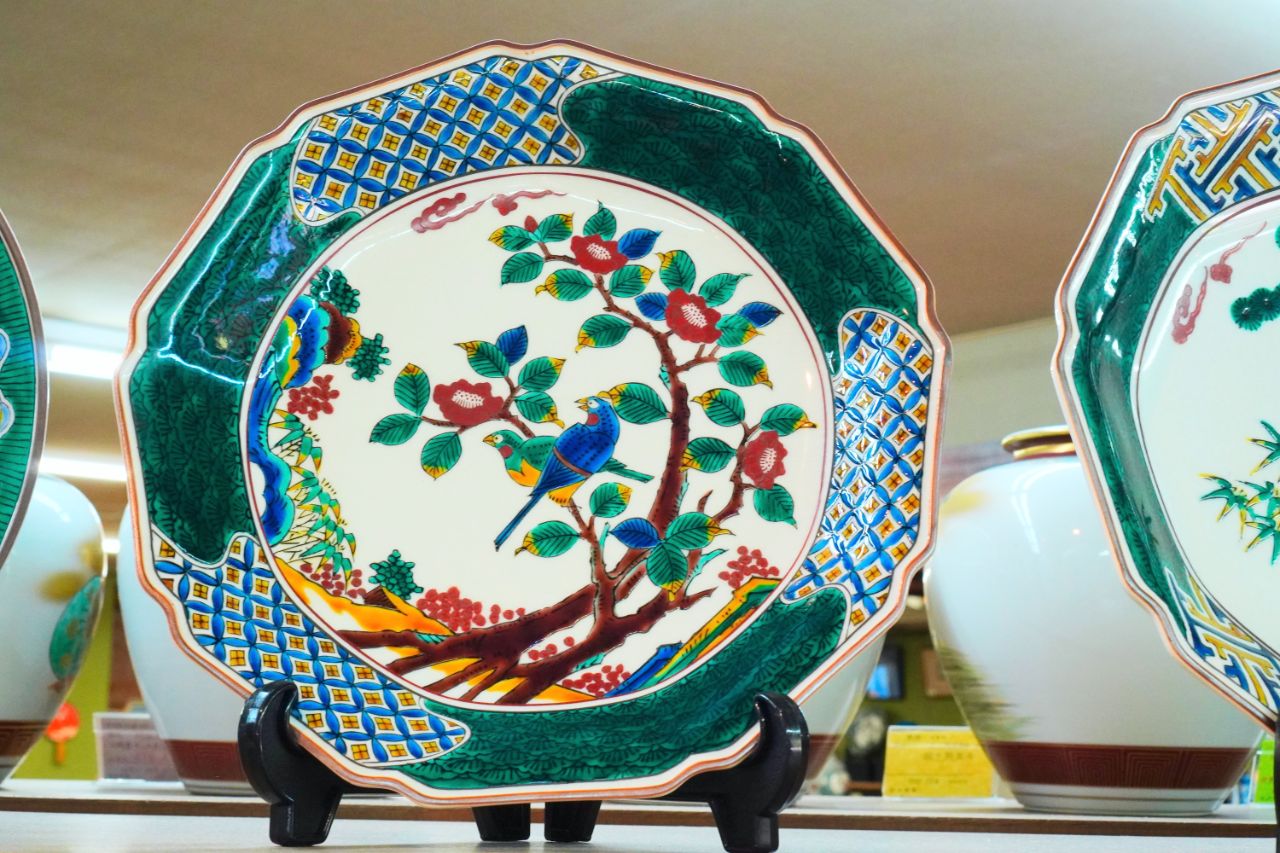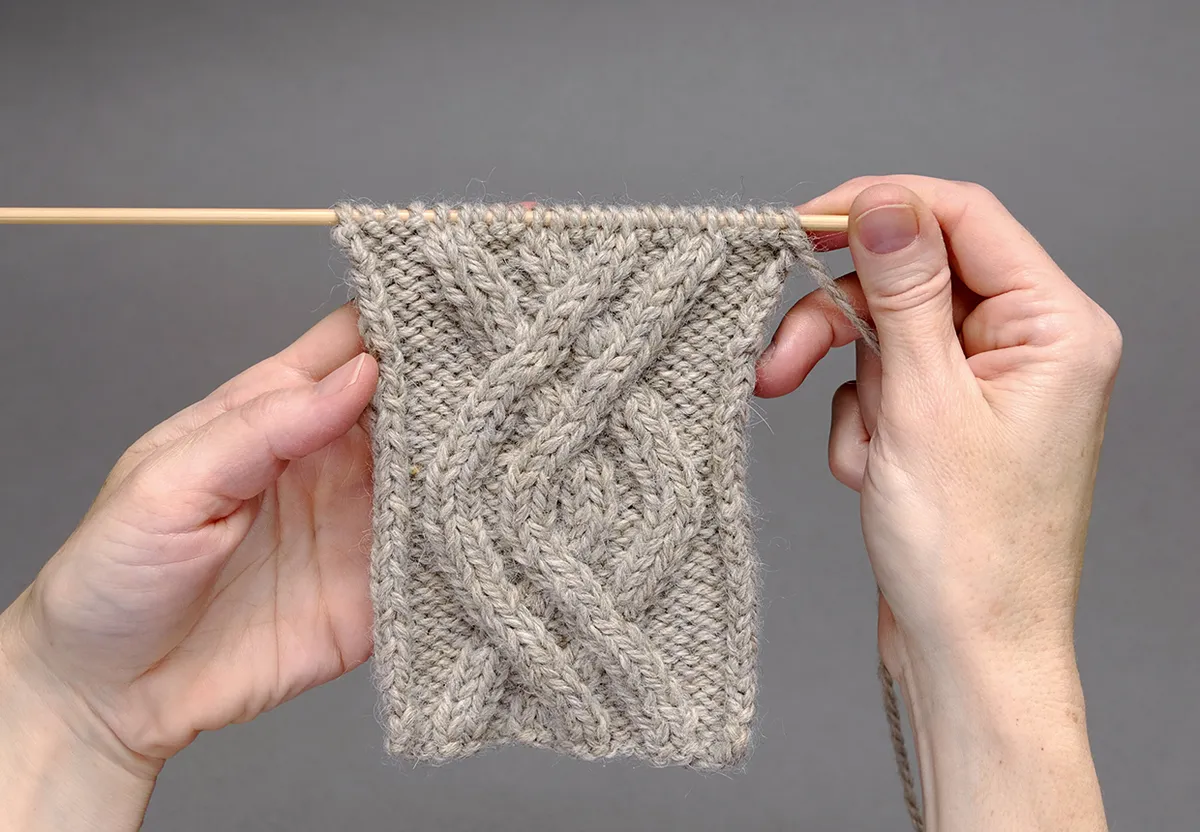Steam bending is a centuries-old woodworking technique that allows artisans to shape wood into graceful curves without cutting or gluing. By exposing wood to hot steam, the lignin—the natural binder in wood fibers—softens, making the material pliable for a short time. Once bent over a form and clamped in place, the wood retains its new shape after cooling and drying. This method has been a staple in boat building and furniture design, enabling smooth, organic contours that are both strong and elegant.
The process begins with selecting a suitable wood species; ash, oak, and beech are popular choices due to their flexibility and long, straight grain structure. The wood is placed in a steam box—usually a simple setup involving a sealed chamber and a steam source—for about an hour per inch of thickness. After steaming, there’s only a brief window to bend and clamp the wood before it stiffens again. Precision and preparation are key, as delays can result in cracking or spring-back, where the wood partially reverts to its original shape.
Steam bending is more sustainable than many modern shaping techniques, as it reduces the need for lamination, adhesives, or material waste. It preserves the integrity of the wood, ensuring structural strength and aesthetic continuity. From sleek Scandinavian chairs to curved handrails and custom instruments, steam bending showcases how traditional craftsmanship can meet modern design demands while respecting the natural properties of wood.





